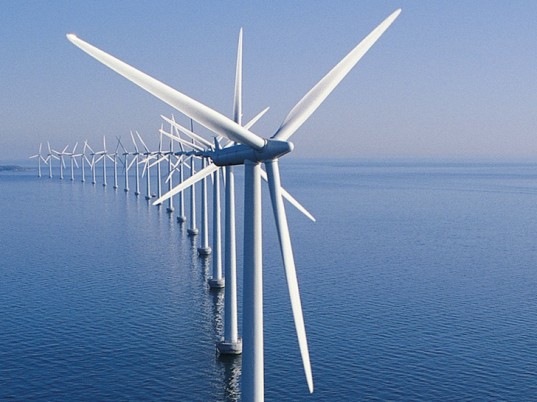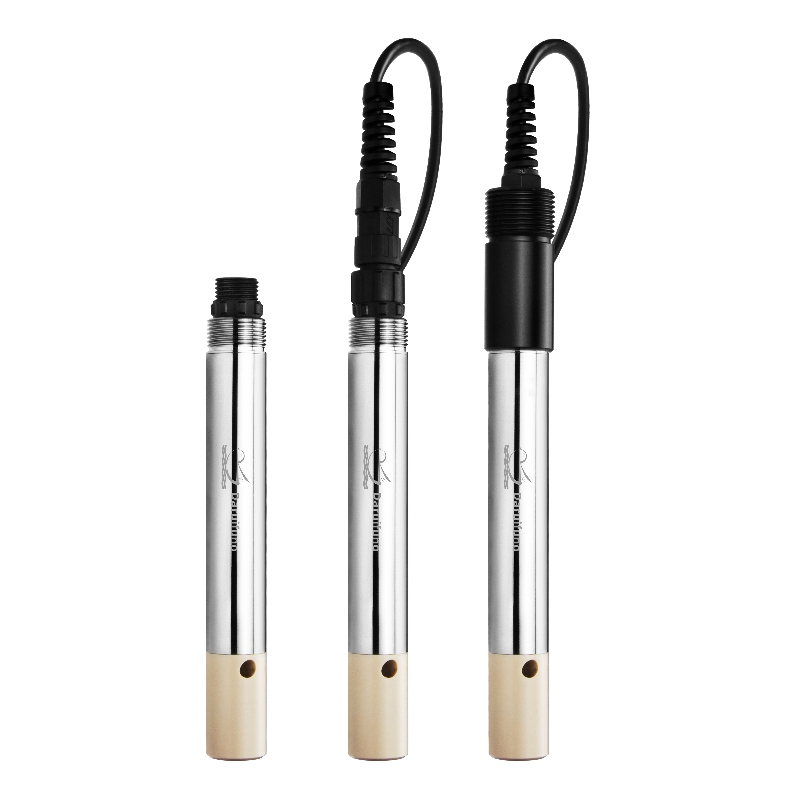 |
For years, wind power has been a topic of debate and faces a clear limitation: what happens when the wind stops blowing? Recently, a team from MIT introduced an innovative solution to this long-standing problem. They developed an offshore wind turbine that is anchored using a large porous concrete ball. This design allows the turbines to generate electricity even when there’s no wind, by converting seawater into energy. The concept also enables the storage of excess power for use on windless days, making the system more reliable and efficient.
The key idea behind this offshore wind turbine is to anchor each unit to the seabed at a depth of 400 meters using a massive concrete ball. This makes the structure extremely stable and resistant to strong winds or rough seas. On days with strong winds, the turbines can produce more electricity than needed. The surplus power is then used to pump seawater into storage systems, which can later be released to generate electricity when wind conditions are unfavorable. According to the research team, this dual-energy system could produce over 6 MWh per hour per turbine. If deployed at scale—say, 1,000 units—it could provide energy equivalent to a large nuclear power plant for many hours.
The next step for the researchers is to find the right type of concrete that can withstand high pressure and maintain structural integrity. Once this material is finalized, the concept could move from theory to reality, potentially revolutionizing renewable energy production. This development marks a significant step forward in making wind power more consistent and viable as a major energy source.

Online Conductivity Sensor And Probe
Overview

Online Conductivity Sensor,Online Conductivity Probe
Suzhou Delfino Environmental Technology Co., Ltd. , https://www.daruifuno.com